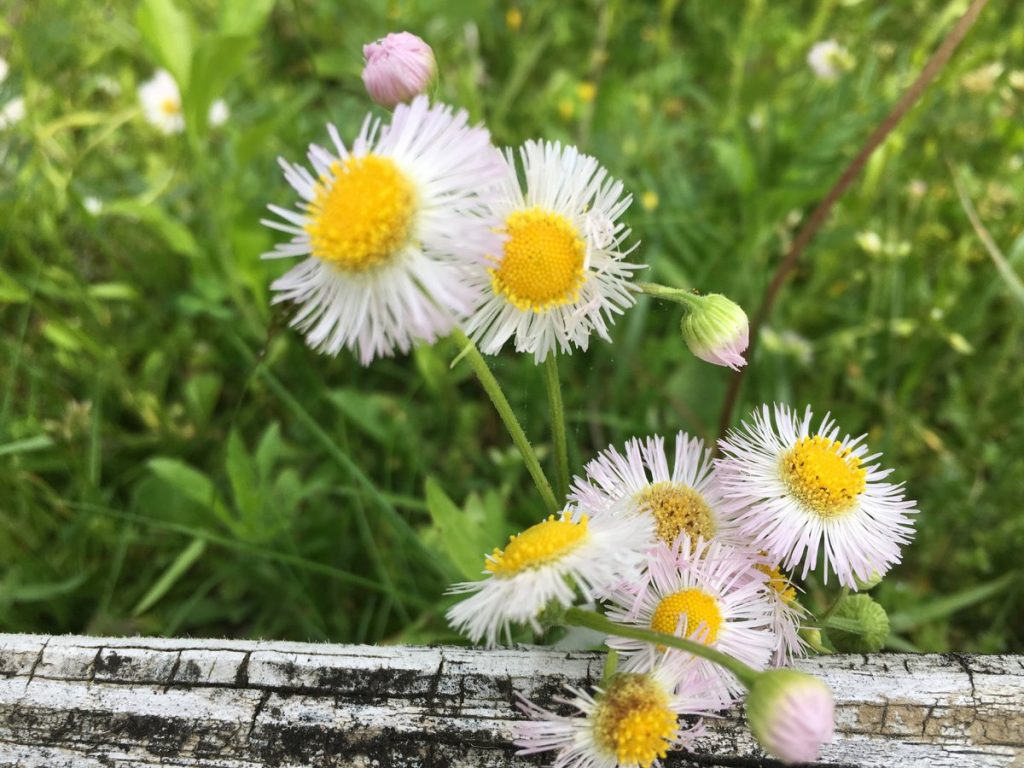
“Every patient carries her or his own doctor inside.”
– Albert Schweitzer
Healing Is About More Than Just Food
Don’t get me wrong – food is medicine, and I’m grateful for that fact every day! But it doesn’t work in isolation. Stress, sleep, mindset, social connection – all of these are vital to health and can be just as big a factor as food. Below, you’ll find resources to support autoimmune health in all areas of your life. If it seems like too much to consider at first, choose one area to begin. Baby steps add up to huge strides over time.
Start Here
Browse By Topic
Browse Lifestyle Articles
- 10 Tips for Effective Habit Change for People with Autoimmune Disease
- 10 Ways To Rest
- Low Pressure Fitness for Autoimmune Disease
- Dance and Autoimmune Disease
- 3 Ways to Move Your Lymph
- The MSing Link: Exercise for Multiple Sclerosis
Browse Lifestyle Podcasts
- Episode 229: Best Of – Resilience with Dr. Cynthia Li
- Episode 227: Autoimmune Q&A with Terry, Sarah, and Eileen
- Episode 221: Sound Healing & Autoimmune Disease
- Episode 216: Best Of – Exercise Intolerance with Andrea Wool
- Episode 213: Holiday Boundaries & Autoimmune Disease with Dr. Ellen Vora
- Episode 212: Morning & Bedtime Routines with Dr. Sybil Cooper

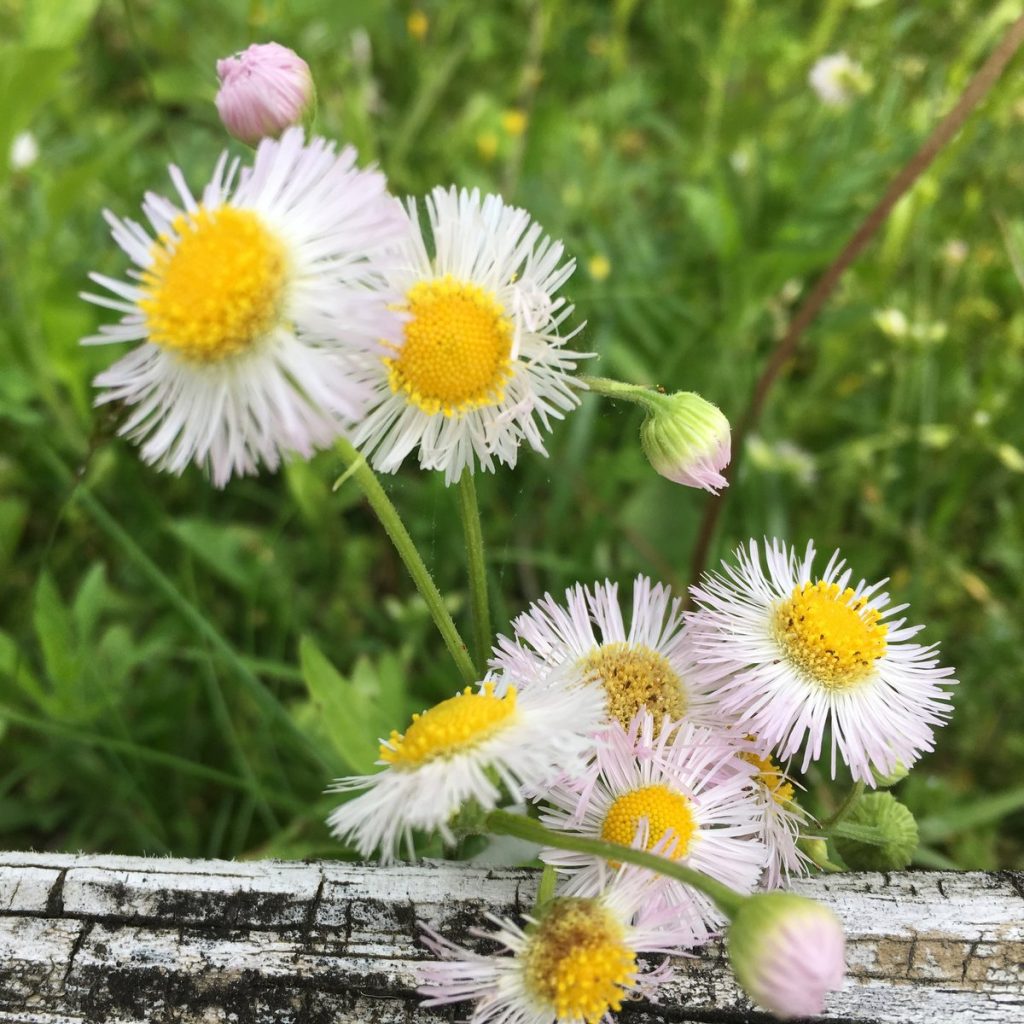
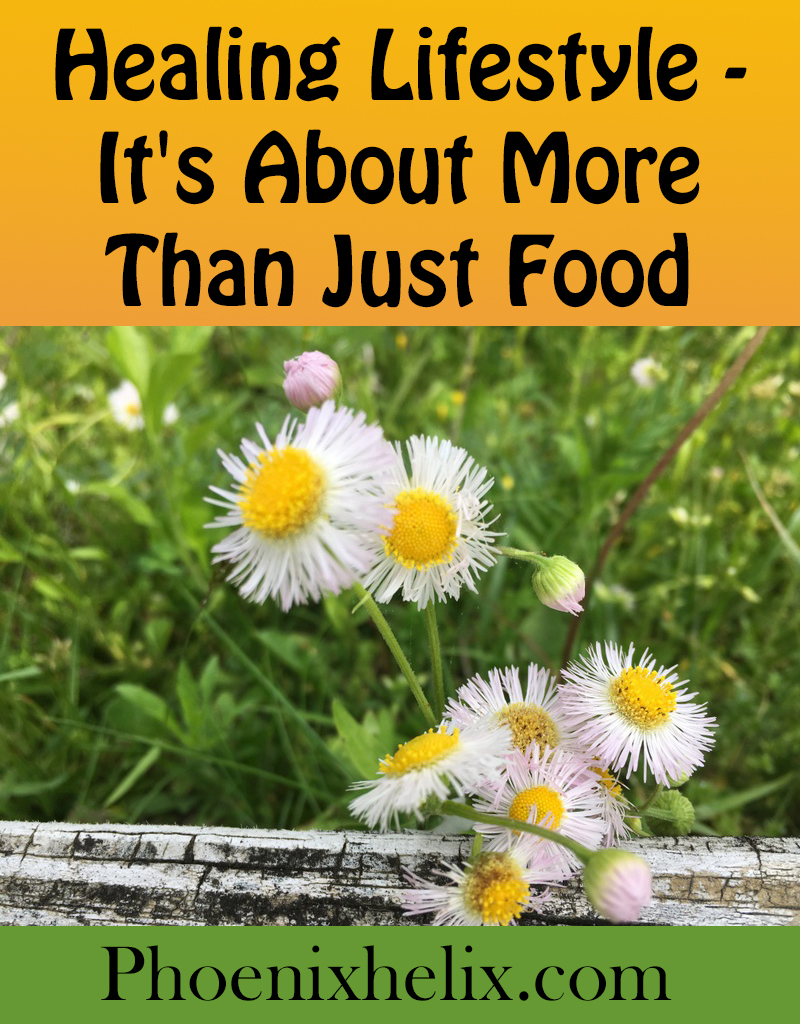







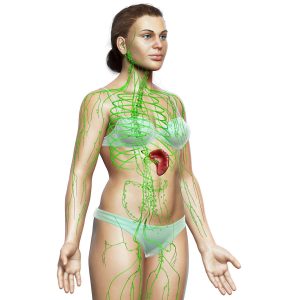
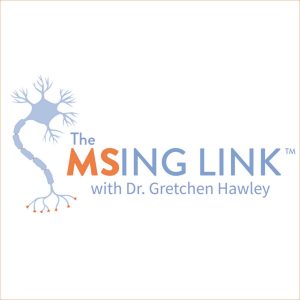
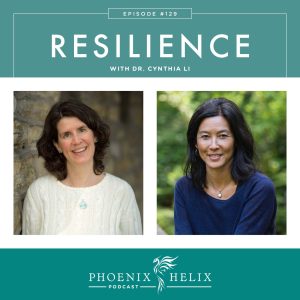
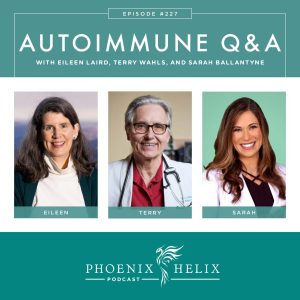
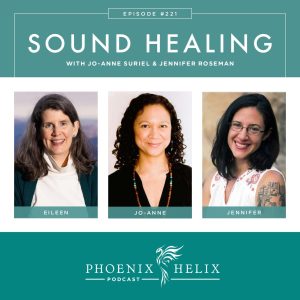
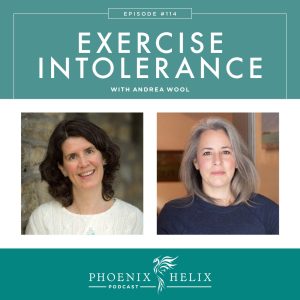


What do I do if I don’t like fish? Is this something I need to learn to like or can I replace it?
I hated all seafood prior to doing the AIP, and I slowly worked on changing my tastes to get the benefits of the omega-3 fatty acids. If you’re new to the protocol, you don’t have to do this on day one, but I do recommend setting the goal. Tastes do change. I can attest to that! Now I eat seafood every week. Start with milder fish with flavorful sauces. Here’s a good beginner recipe: Carrot Ginger Halibut Soup (which can be made with scallops or any white fish, if you don’t have halibut).
Thanks. Great info. What about green smoothies every day? Is that an option for us?
Hi Rosanne. Green smoothies aren’t recommended for 3 reasons. (1) It’s better to eat your food,rather than drink it, because chewing is what stimulates the digestive process. (2) Many people eat too many greens that way which can lead to oxalate overload. You can get too much of a good thing. (3) Most people add fruit to a green smoothie to make it palatable, which spikes blood sugar. Blood sugar regulation directly impacts autoimmune activity.
I’ve been enjoying all your articles, and have found out some really great information that makes sense of a lot of patterns I’ve been seeing in our society and in my mother’s health, who has lupus and food allergies including wheat. A long time ago I was pretty sure the two were connected, and now I am beginning to see how. I also want to start making healthy choices and eating habits for myself, before I display signs of disease and imbalance. I’m very curious about the phytic acid in nuts and seeds – I thought these things were very healthy for you, but it seems that may not be the case. How would you suggest preparing them to increase their digestibility? also, are dairy and grains necessarily bad for everyone, or just for those who need a healing diet protocol? Thanks!!
Hi Madeline. There are two theories on grains and dairy. Some people believe they are bad for everyone in every form, and the Paleo Diet removes them for that reason. Others believe they can be healthy food sources, so long as they are prepared properly, which means soaking the grains prior to cooking them, and consuming raw dairy, rather than pasteurized. That’s the theory of Sally Fallon’s book, Nourishing Traditions. In my experience, healthy people do well with the Nourishing Traditions diet, whereas people trying to heal illness do better with the Paleo Diet. Here’s a link to information on soaking grains and nuts. Here’s a link to the difference between raw and pasteurized dairy.